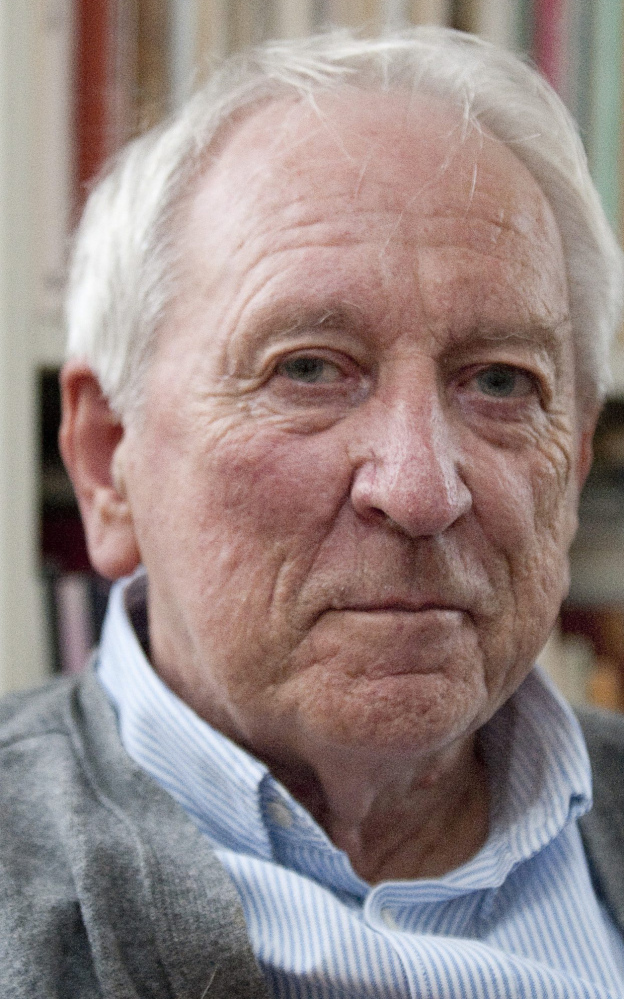STOCKHOLM — Swedish poet and Nobel Literature Prize winner Tomas Transtromer has died at age 83, Swedish publisher Bonniers said Friday.
The reclusive, mild-mannered wordsmith – considered a master of metaphor and one of the most important Scandinavian poets of the post-World War II era – died Thursday after a short illness said Bonniers spokeswoman Anna Tillgren.
In famous collections such as the 1966 “Windows and Stones,” Transtromer used imaginative metaphors to describe the mysteries of the human mind. His work has been translated into more than 60 languages and influenced poets across Europe, the Middle East and the Americas. In 2011 he was awarded the Nobel Prize in Literature.
A FOCUS ON SIMPLICITY
Transtromer’s works were characterized by powerful imagery that explored the mysterious sides of everyday life with little embellishment, and the focus on simplicity was also mirrored in the way he led his life.
Working as a psychologist in Swedish state institutions, Transtromer wrote his poetry during evenings and weekends and stood out for his unpretentious demeanor. He preferred to stay away from the public eye and largely avoided the political debates that engaged many of his contemporaries.
LONG-AWAITED NOBEL
The poet stopped writing after suffering a stroke in 1990 that left him half-paralyzed and largely unable to speak. When he received the Nobel, aged 80, he had been a favorite for the prize for so many years that even his countrymen had started to doubt whether he would ever win.
His most famous works include the 1966 “Windows and Stones,” in which he depicts themes from his many travels, and “Baltics” from 1974 about the democracies and dictatorships surrounding the Baltic Sea during the Cold War.
He published “The Sorrow Gondola” in 1996 with work that had been written before the stroke and the “The Great Enigma.”
Born April 15, 1931, Transtromer grew up alone with his teacher mother in Stockholm’s working-class district after she divorced his father, a journalist. He started writing poetry while studying at the Sodra Latin school in Stockholm and his work appeared in several journals before he published his first book of poetry, “17 poems,” in 1954 to much acclaim in Sweden.
He studied literature, history, poetics, the history of religion and psychology at Stockholm University and worked briefly as an assistant at the university’s psychometric institution.
But he would spend the majority of his professional life in the much less glamorous settings of state institutions in small Swedish towns, where he lived with his wife Monika, a nurse, and their two daughters.
Send questions/comments to the editors.



Success. Please wait for the page to reload. If the page does not reload within 5 seconds, please refresh the page.
Enter your email and password to access comments.
Hi, to comment on stories you must . This profile is in addition to your subscription and website login.
Already have a commenting profile? .
Invalid username/password.
Please check your email to confirm and complete your registration.
Only subscribers are eligible to post comments. Please subscribe or login first for digital access. Here’s why.
Use the form below to reset your password. When you've submitted your account email, we will send an email with a reset code.